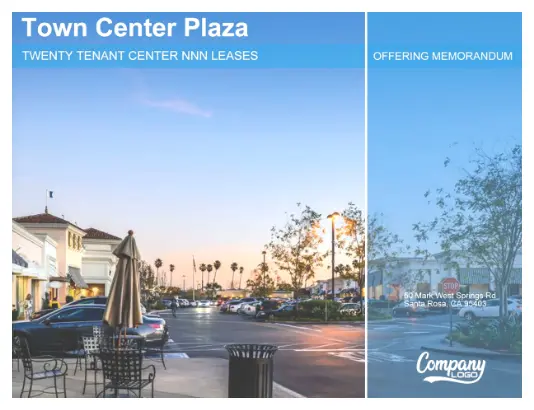Floor area ratio (FAR) is the ratio of a building’s total floor area (zoning floor area) to the size of the piece of land upon which it is built.
Calculate the FLOOR AREA RATIO: Divide the GROSS FLOOR AREA by the BUILDABLE LAND AREA. The result is the Floor Area Ratio (FAR).
STEP BY STEP:
STEP 1.
Determine the total BUILDABLE LAND AREA, in terms of square feet, for the site. The buildable land area is that portion of a development site where construction can legally and reasonably occur – so public streets and rights-of way, wetlands and watercourses, and other constraints would not be included. Buildable Land Area (B) = (Parcel Width x Parcel Depth) – Square feet of undevelopable land (if applicable).
STEP 2.
Determine the FLOOR AREA of each story of the building. Calculate the area of each story (floor) of the building, typically measured between the exterior walls. Those portions of each story above the ground surface prior to any manipulation or grading are usually included in the calculation.
STEP 3.
Determine the GROSS FLOOR AREA of the Building. Gross floor area is the sum of the floor area of each story. Gross Floor Area (G) = Floor Area of 1st Story + Floor Area of 2nd Story… for all floors above the ground.
Menu




